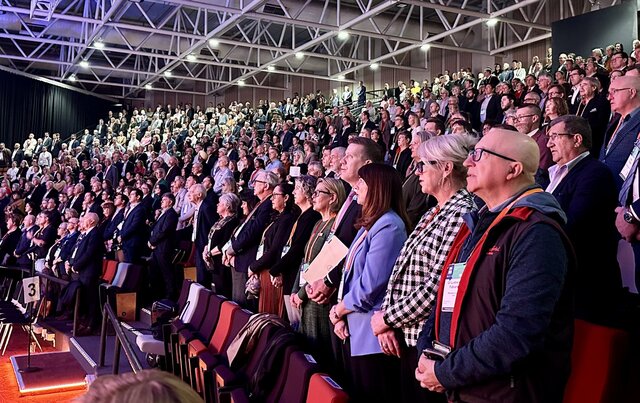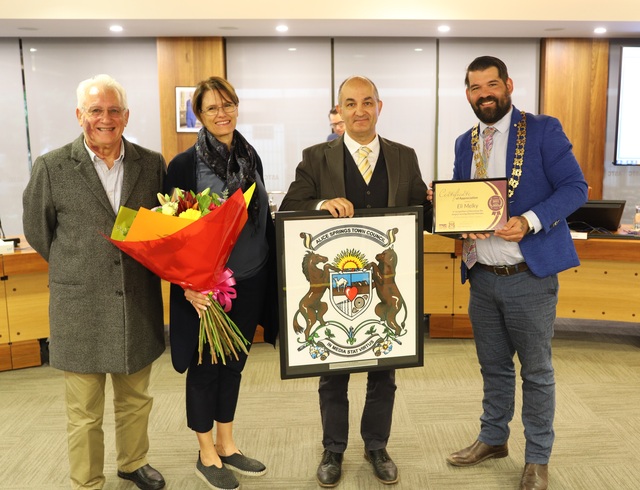Coffs Harbour City Council also opened its new $60 million Water Filtration Plant in 2009.
“Having a reliable water supply is a top priority for the wellbeing and growth of any Australian community,” said Stephen Sawtell, Council’s General Manager. “That is why we’ve invested so much time, energy and funding into this project.
“The work we’ve undertaken means that the Coffs Harbour region is way ahead of the vast majority of local authorities in Australia – but more importantly – our community is guaranteed access to a secure water supply in the future.”
The new plant has the capacity to treat 42 megalitres of water a day, with scope for future expansion to 56 megalitres a day.
Prior to 2002, Coffs Harbour was supplied by water extracted only from the Orara River and pumped to Karangi Dam.
There it was aerated to take out iron and manganese minerals, while lime, carbon dioxide and chlorine were added to stabilise and disinfect the supply to meet Australian Drinking Water Guidelines.
However, after years of increasing water restrictions, a growing population and the threat of extended droughts, it was clear that the Orara River alone would not be able to supply the quantity of water needed in the future. As a result, raw water is now also taken from the Nymboida River and, in future during low rainfall periods, will be pumped from the Shannon Creek Dam once it is commissioned.
The water from these sources is of a lower quality, which leads to a higher risk of contamination from blue/green algae, nutrients and pathogens – hence the need for the Water Filtration Plant.
The new plant will help minimise these risks and negate the need for a flushing program of the water supply as extensive as that currently undertaken by Council.
Water is gravity fed to the plant from Karangi Dam and conditioned using lime and carbon dioxide.
Contaminants are removed by a dissolved air flotation and filtration process and the water disinfected through a process using ultra violet light irradiation then chlorine.







